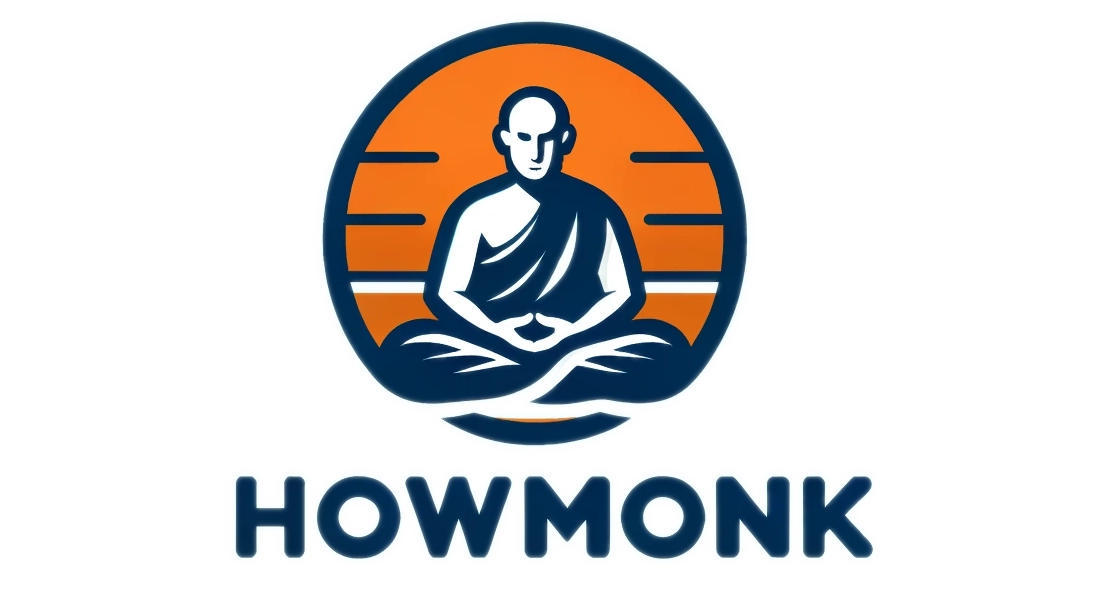Creating a URL for your resume is not just a trend; it’s a necessity in today’s digital job market. A polished online presence can set you apart from countless candidates vying for the same position.
To create a URL for your resume, start by choosing a reliable hosting platform or personal website builder where you can publish your resume online. After uploading your resume, simply grab the generated link or customize the URL to make it personal and memorable. There’s a lot more to it than just grabbing a link, so stick around to uncover tips and strategies that will make your URL stand out!

Pick the Right Hosting Platform
Choosing the right hosting platform is crucial for your resume URL. You want something reliable, easy to use, and capable of making you look professional.
LinkedIn is a top choice. It not only allows you to create a resume URL but also showcases your professional network. If you’re looking for simplicity, Google Sites is incredibly user-friendly and integrates well with other Google services.
For a touch of creativity, Wix offers customizable templates that let your resume shine with a unique design. If you’re leaning toward portfolio-style layouts, WordPress can help you present a visually appealing resume. You can get a free domain, it’s just that it will have the word ‘wordpress’ in your domain.
Don’t forget to consider GitHub Pages if you’re in tech; it’s a perfect platform to display your coding skills alongside your resume. Whichever platform you choose, prioritize usability and make sure it aligns with how you want to present your personal brand.
Customize Your URL
A custom URL creates a lasting impression. It reflects your personal brand and makes it easier for potential employers to remember you.
Start with your name; for instance, if your name is John Doe, try something like john-doe-resume or simply john-doe. Avoid using numbers or special characters if possible; they can look unprofessional.
Consider adding a keyword that represents your field. For instance, if you’re a graphic designer, john-doe-graphic-designer makes your purpose clear at a glance.
If your name is common, adding a middle initial or your profession can help you stand out.
Another unique tip is to keep your URL under 30 characters. This length is optimal for sharing on resumes and social media without appearing messy or truncated.
Remember, a clean, easy-to-type URL not only enhances professionalism but also boosts your chances of being remembered.
Optimize for Search Engines
Creating a search engine-friendly URL for your resume is all about clarity and relevance. A well-structured URL helps potential employers come across your resume easily. Start with your name as the base—it’s straightforward and personal. For instance, something like yourname.com/resume or yourname.com/portfolio can be just right. Adding relevant keywords can boost visibility too; consider what skills or roles you’re targeting. If you’re a graphic designer, a URL like yourname.com/graphic-designer-resume could work wonders.
Keep it concise. Long, complex URLs are more challenging for search engines to index and for people to remember. Avoid using special characters or unnecessary words. If you’re using a platform like LinkedIn or a personal website host, customize that URL to reflect your name and profession effectively.
Also, it’s smart to consider including the year. It shows that you keep your resume up to date. Something like yourname.com/2024-resume signals freshness. Just remember to keep it updated when you refresh your resume!
Make It Mobile-Friendly
It’s essential to understand that a significant number of job seekers and recruiters use their phones—over 50% according to a recent survey.
Mobile-friendly job applications are increasingly important, as research indicates that 35% of applicants prefer to apply for jobs using their phones. Furthermore, job ads that are optimized for mobile receive about 11.6% more applicants than those that are not. This trend reflects the significant adoption of mobile technology in the job search and recruitment processes, highlighting the need for employers to create mobile-compatible application experiences.
So, having a mobile-optimized resume URL isn’t just a bonus; it’s a necessity. A mobile-friendly URL means it’s easy to access and readable on smaller screens. To achieve this, ensure your website or the platform hosting your resume is responsive.
Test your URL on different devices to see how it looks. If you’re using a portfolio site builder, most are designed to adjust for mobile viewing automatically, but it doesn’t hurt to double-check. Quick load times and a straightforward layout make it easier for hiring managers to navigate your information on the go.
Additionally, pay attention to the content itself. It should be designed for quick reads, using bullet points and headings to catch the eye quickly. By making your resume accessible from any device, you increase your chances of being noticed. Aim for smooth performance and polished presentation—both can make or break a potential job opportunity.
Use Keywords Strategically
Crafting a URL for your resume isn’t just about making it look nice; it’s also a chance to boost its visibility. By integrating keywords that reflect your skills, industry, and desired job title, you’re enhancing your URL’s relevance to search engines and potential employers.
For example, instead of a generic URL like “yourname.com/resume,” aim for something more specific like “yourname.com/software-developer-resume.”
Think about what terms hiring managers might key in during their search. If you specialize in digital marketing, include words like “digital-marketer” or “SEO-expert.” This strategic approach not only makes your URL more descriptive but also increases the chances of landing in relevant searches. Remember, this is your personal brand in a digital world, so make it count!
Ensure Privacy Settings Are Correct
Your resume URL can serve as a powerful marketing tool, but it’s crucial to control who sees it. Most platforms, like LinkedIn or Dropbox, allow you to adjust privacy settings.
Take the time to check these settings to avoid unwanted views from the public.
If you’re creating a public URL, make sure it’s a polished version of your resume that reflects your latest achievements and skills. Conversely, if you’re still in the works or have sensitive information, consider keeping it private until you’re ready to share. Proper settings not only protect your personal information but also ensure that only the right people have access to your professional narrative.
Additionally, regularly review these settings as they can change with updates on the platform, keeping everything still relevant and secure. It’s a small step that can make a big difference in how your professional presence is perceived online.
Add Tracking to Your URL
Creating a trackable URL for your resume can be a game changer.
By utilizing tools like Bitly, Google Analytics, or UTM parameters, you can gain valuable insights on who’s accessing your resume. This way, you can see how many clicks you’re getting, where the visitors are coming from, and which platforms are most effective in driving traffic to your resume.
To set this up:
-
Choose a URL Shortener : Bitly is popular and user-friendly. It converts your long resume link into a short one that’s easier to share.
-
Add UTM Parameters : This involves appending tags to easily track how users are finding your resume. For instance,
?utm_source=linkedin&utm_medium=social&utm_campaign=resumetells you it came from a LinkedIn post. -
Analyze the Data : Check the analytics dashboard for insights on click rates and referral sources. This can guide your next steps in sharing your resume more strategically.
By tracking your resume URL, you can tailor your job search approach based on real data and make smarter networking moves.
Unique Tips for Personal Branding
Your resume URL isn’t just a link; it’s an extension of your personal brand. Making it memorable and professional can set you apart from the crowd. Here are some strategies to elevate your URL:
-
Personalized Domain : Consider purchasing a personalized domain that matches your name (e.g., www.YourName.com). This looks professional and can be used for your resume, portfolio, and other professional materials.
-
Include Keywords : When creating your URL, think about incorporating keywords relevant to your industry or skills. For instance, if you’re an experienced digital marketer, use something like www.YourNameDigitalMarketing.com.
-
Simplicity is Key : Aim for a clear and straightforward URL. Avoid complicated phrases or numbers that make it hard to remember. A clean URL speaks volumes about your attention to detail.
-
Consistency Across Platforms : Ensure your URL is consistent across all professional sites and profiles. This reinforces your brand and makes it easier for employers to recognize you.
-
Regular Updates : Just like your resume, your URL should evolve. Update it regularly to reflect new skills or changes in your career path. This shows you’re actively engaged in your professional growth.
Implementing these strategies will ensure your resume URL not only connects recruiters to your credentials but also strengthens your overall personal branding.



